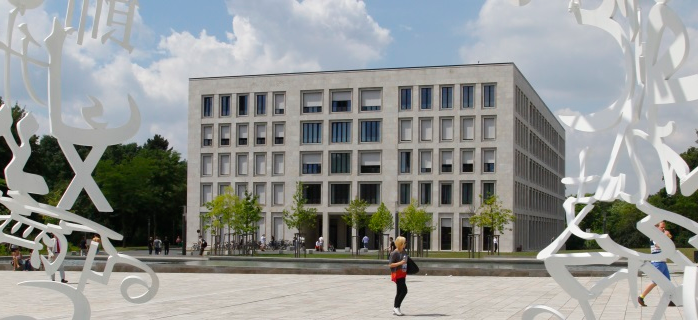| dc.description.abstract | This working paper suggests to analyse agencification as a double process of institutional and policy centralisation. To that end, it develops a categorisation of agencies that incorporates these two dimensions. More specifically, it is argued that mixed outcomes where the levels of institutional and policy centralisation diverge can be expected to be the rule rather than the exception, in line with the hybrid nature of EU agencies as inbetweeners. Moreover, the fiduciary setting hits important legal constraints given the limits to delegation in the EU context. Against this backdrop a process whereby institutional centralisation develops incrementally and remains limited, yet is accompanied by a process of substantial policy centralisation, appears as the most promising path for EU agencification. A fiduciary setting, where a strong agency enjoys a high degree of independence and operates in a centralised policy space, by contrast, should be the exception. The comparative study of the process of agencification in the energy and banking sector is insightful in the light of these expectations. The incremental nature of institutional change in energy exemplifies the usual path of agencification, which is conducive to a weak agency operating in a relatively centralised policy space. Agencification in banking, by contrast, has led to a rather unusual outcome where the strong agency model combines with a fragmented policy context. | |

